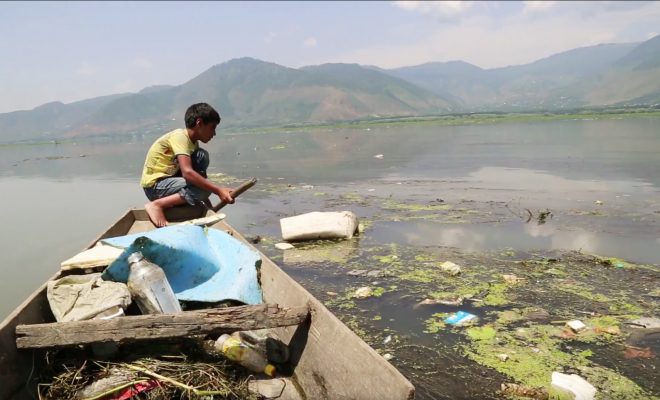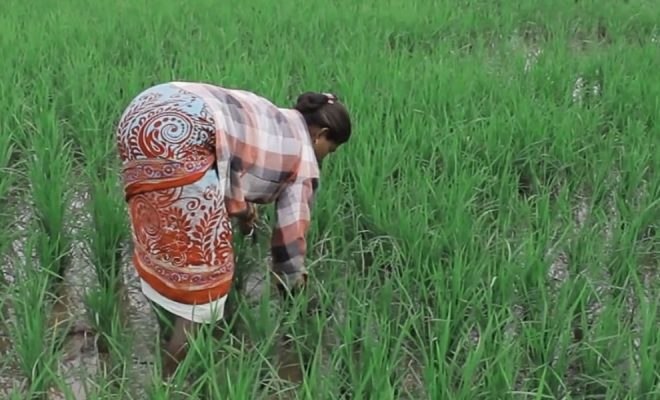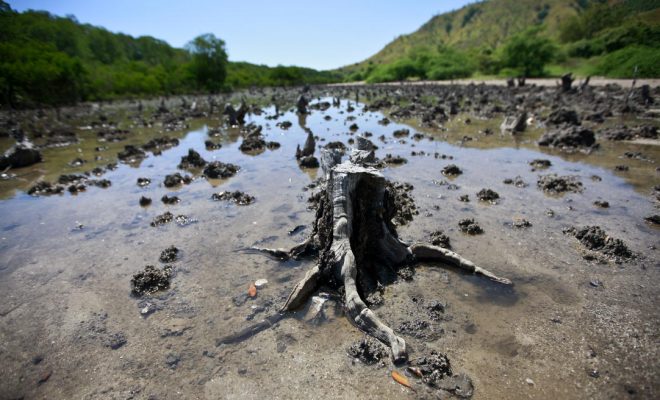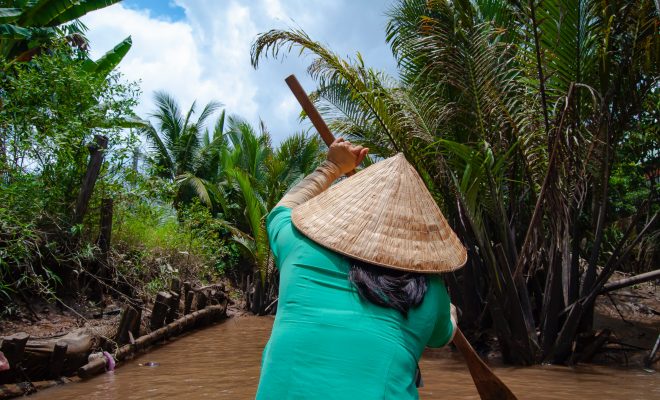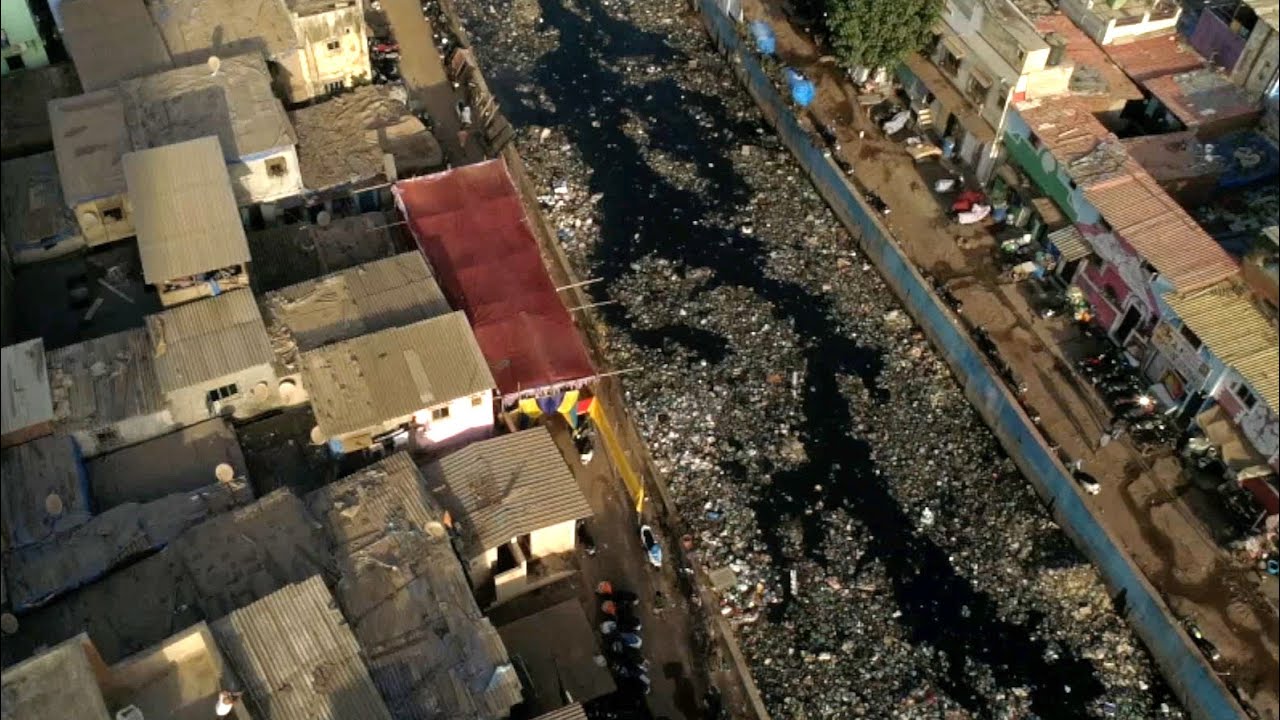
In Hindi, Mithi means “sweet”, but the water in the short river that flows through the city of Mumbai ceased to be sweet decades ago. Floating garbage started to cover its surface, barely allowing the water to be seen and the beaches around its mouth were considered the most polluted in the world 10 years ago. Now, citizens and the government fight to recover the degraded environment of the most populated city in India.
Until the late 19th century, the Mithi River was actually a water course with water flowing only in the monsoon season. The dam that created Lake Powai was built in 1799 and the one for Lake Vihar in 1986; both allowed the Mithi River to have water during the dry season and controlled the violent floods caused by monsoons.
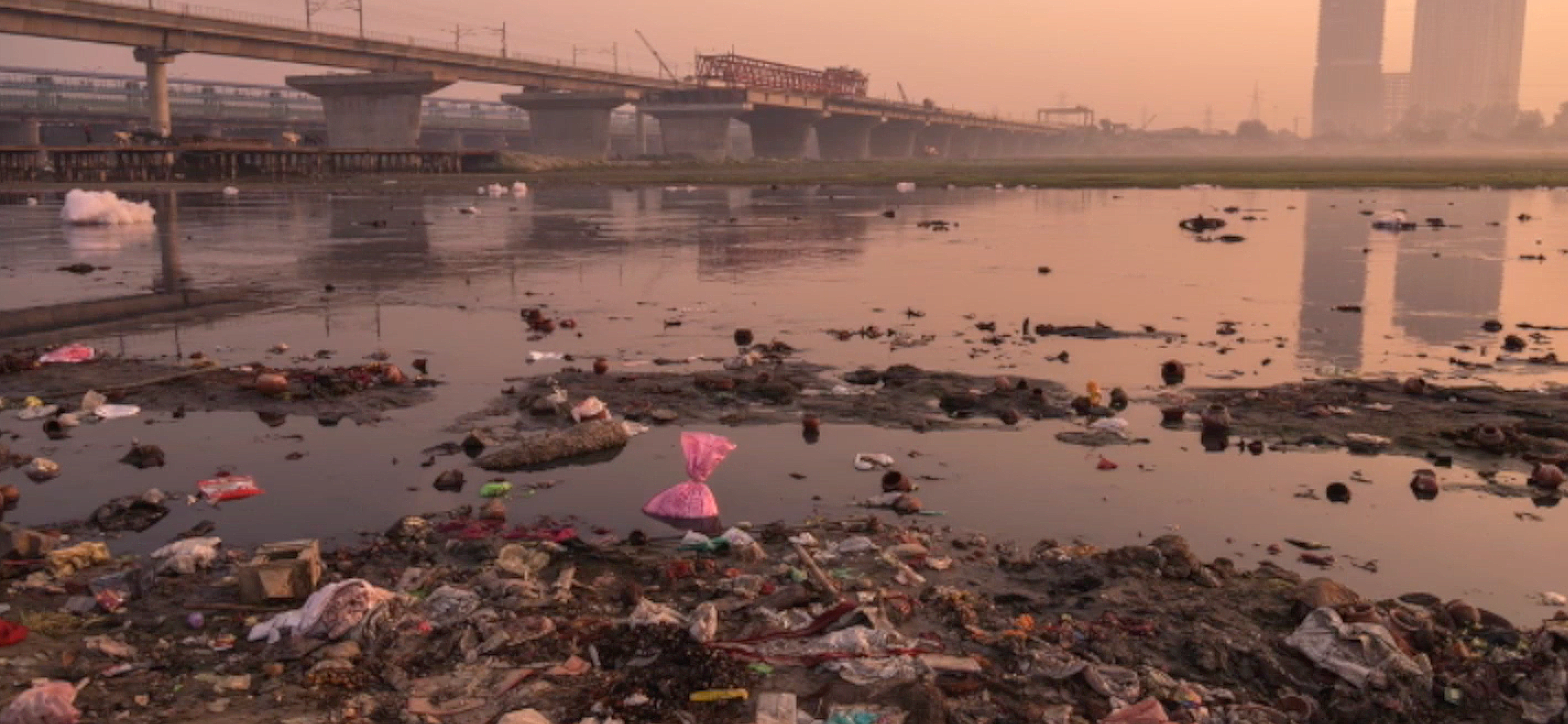
The degradation of the Mithi River has become an icon of water pollution.
From river to open sewer
All this was done on the island of Salsette to provide drinking water for the growing Mumbai. The development of the city was rampant across the 619 square kilometers of the island. After India’s independence in 1947, Mumbai became the financial center of the country and a focal point for migrants, which generated slums like the one in Dharavi, south of the Mithi River, which has been considered the largest in Asia, spreading out on more than 216 hectares.
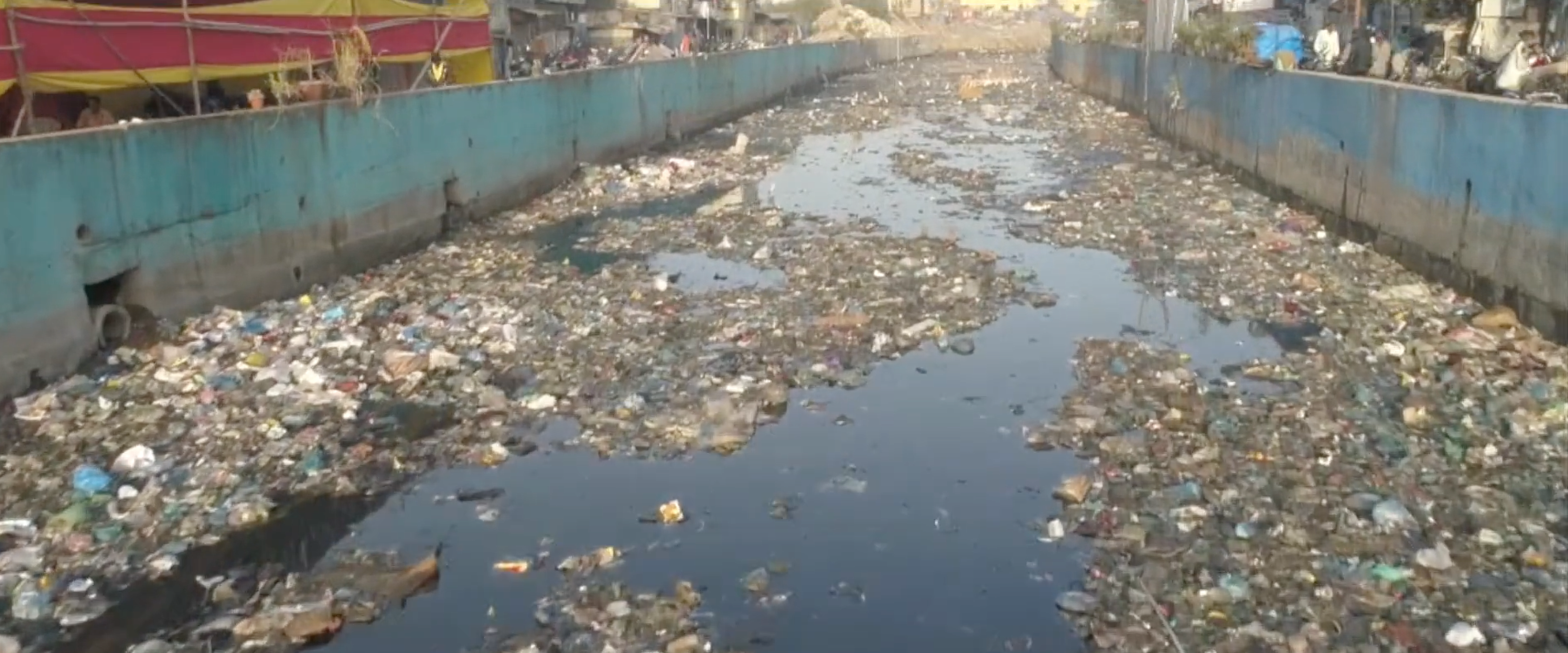
Mithi means “sweet”, but the water in the short river that flows through the city of Mumbai ceased to be sweet decades ago.
The 18 km of the Mithi riverbed became an open sewer where wastewater and industrial waste from cotton textile mills and illegal activities such as washing boats and oil drums were dumped. The discharge of unauthorized dangerous waste in the 1970s was compounded by plastic pollution that clogged many drains and turned the floods caused by monsoon rains into a hazard for the population. Lakes Powai and Vihar became unhealthy and the water treatment plants had to be constantly refurbished until urban water supplies had to come from further and further away.
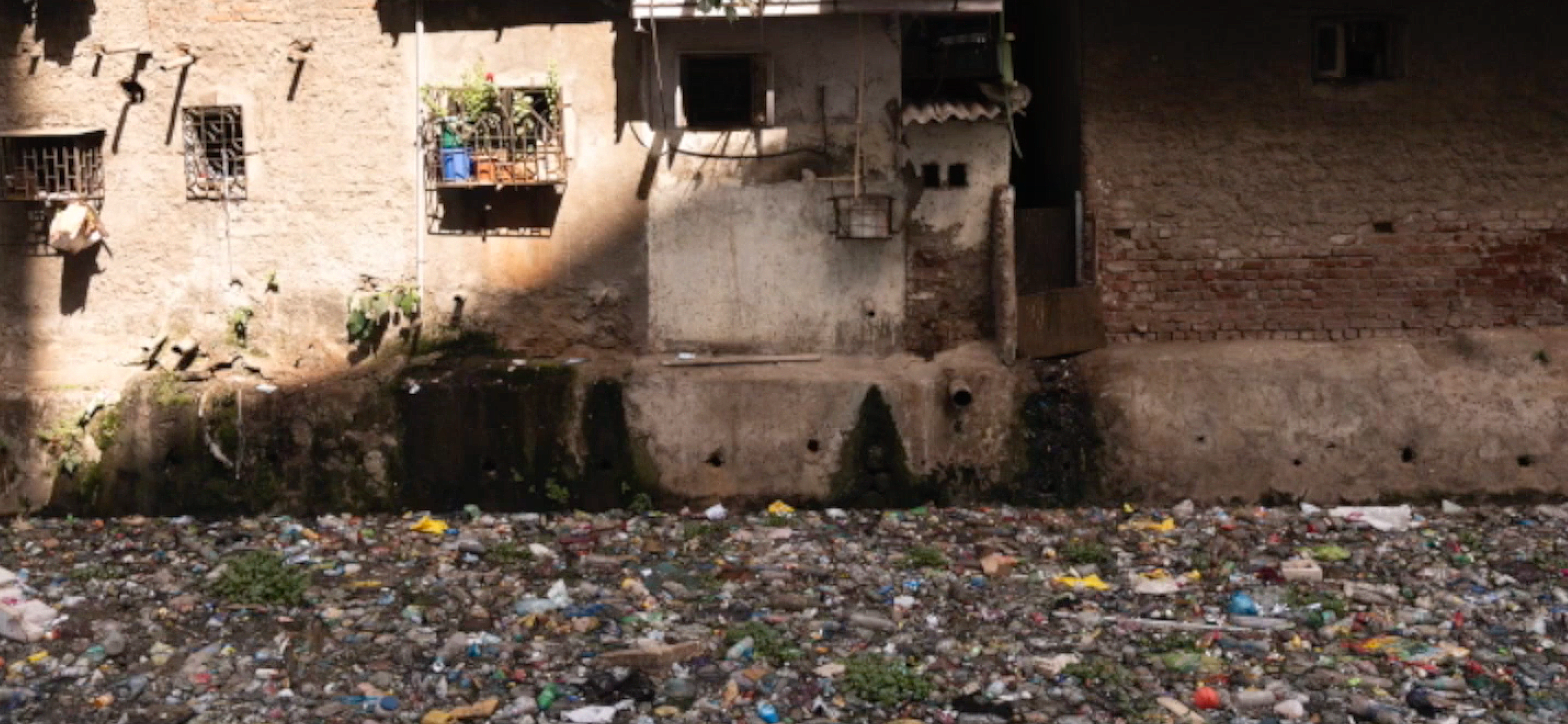
The 18 km of the Mithi riverbed became an open sewer where wastewater and industrial waste.
The polluting tide washed up on the beaches around the river mouth and the rich mangroves in the area began degrading gradually. By 2015 it was estimated that Mumbai had lost almost 40% of the mangroves it had in the 1980s, around 38,000 square kilometers.
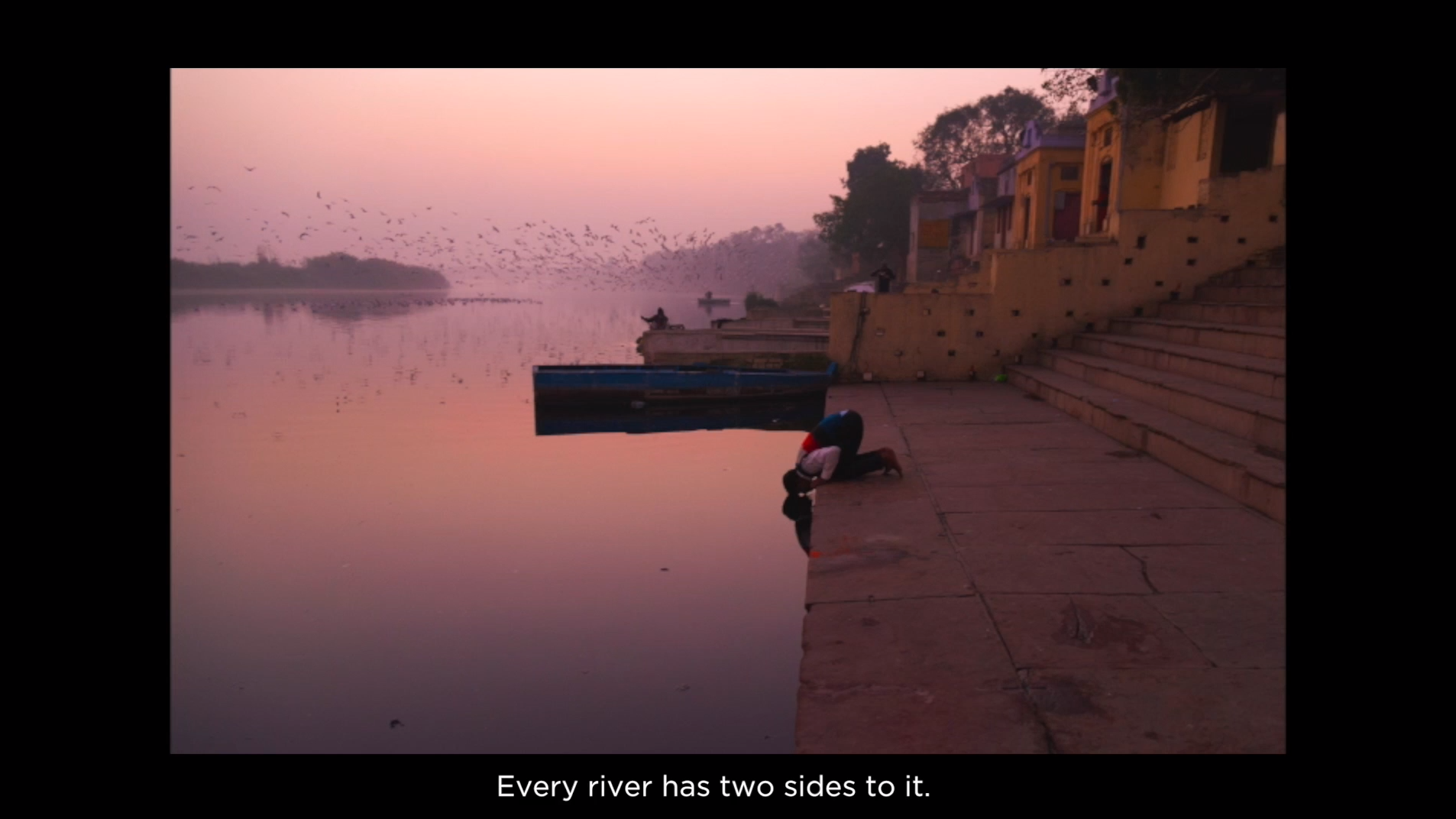
Plastic River, by Maaz (India), finalist in the Micro-documentary category of the We Art Water Film Festival 5.
In addition to absorbing up to four times more carbon that other tropical forests, mangroves keep the balance between land and the environment, acting as a natural barrier against floods and erosion. The disastrous rains of 2005, which killed more than 1,000 people in the city, made citizens and the administration aware of the fact that uncontrolled urbanization had constricted the river channel, causing flooding, and that the mangroves were more than wild vegetation and formed a belt protecting the island city.
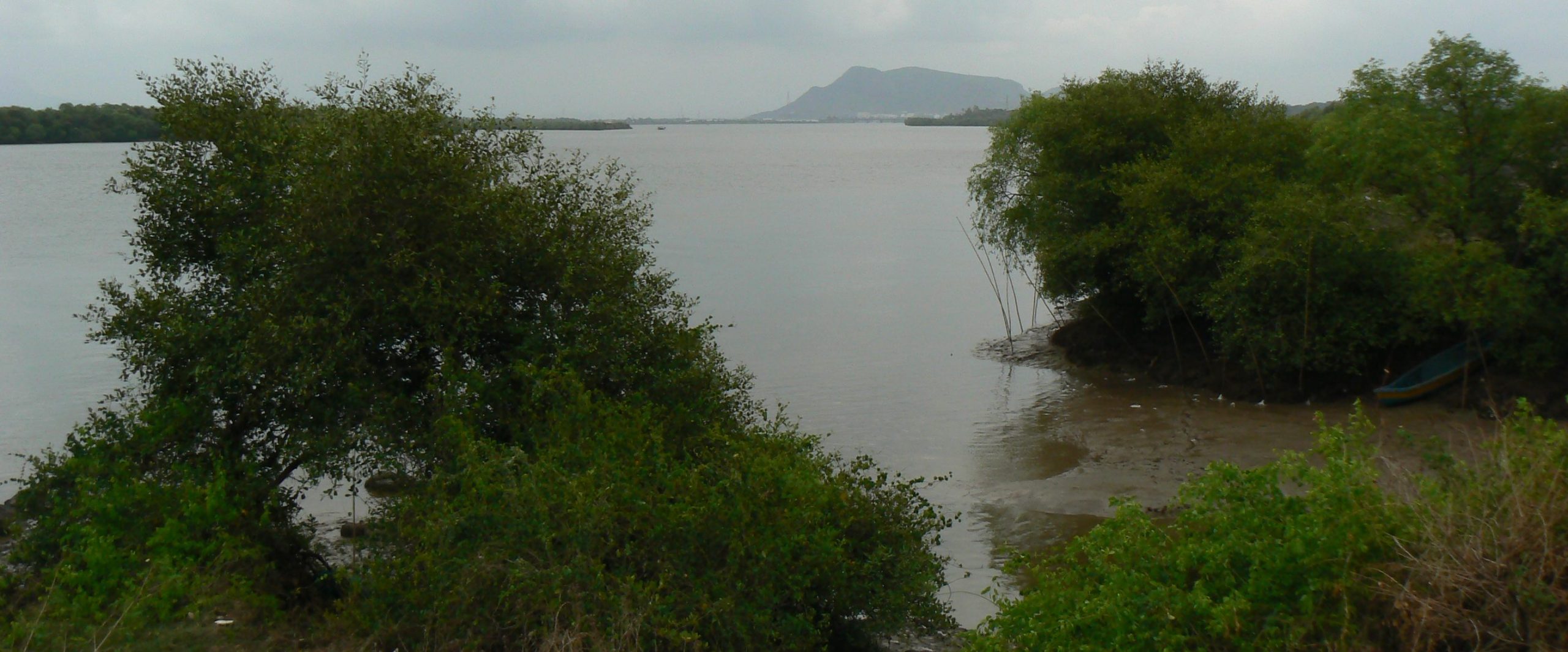
By 2015 it was estimated that Mumbai had lost almost 40% of the mangroves it had in the 1980s, around 38,000 square kilometers. © Dinesh Valke
A reaction the world should learn from
The threat of rising sea levels and the increase of extreme meteorological phenomena caused by climate change makes coastal communities like Mumbai more vulnerable and more in need of this natural protection than ever.
After the floods, measures were implemented to protect the mangroves. Municipal authorities created a department for this purpose, which patrolled the land and discouraged people from dumping waste with high fines. The remaining mangrove forests are also protected from development projects, a constant threat due to the city’s rapid growth.
In 2015, the Ministry of the Environment declared that 93% of the river pollution was caused by domestic waste, while 7% had an industrial origin. There are currently more than 1,500 industries along the riverside and most of them dump their waste into the river.
Many citizen and government initiatives to protect the water and collect garbage have been implemented in the last decade; however, the Mithi River continues to be covered in plastic and garbage continues to wash up on the beaches. Measures targeting polluting industries and the treatment of wastewater with carbon are necessary, but they do not solve the lack of sanitation and slum waste collection. Mumbai proves that water pollution is mainly due to poverty.
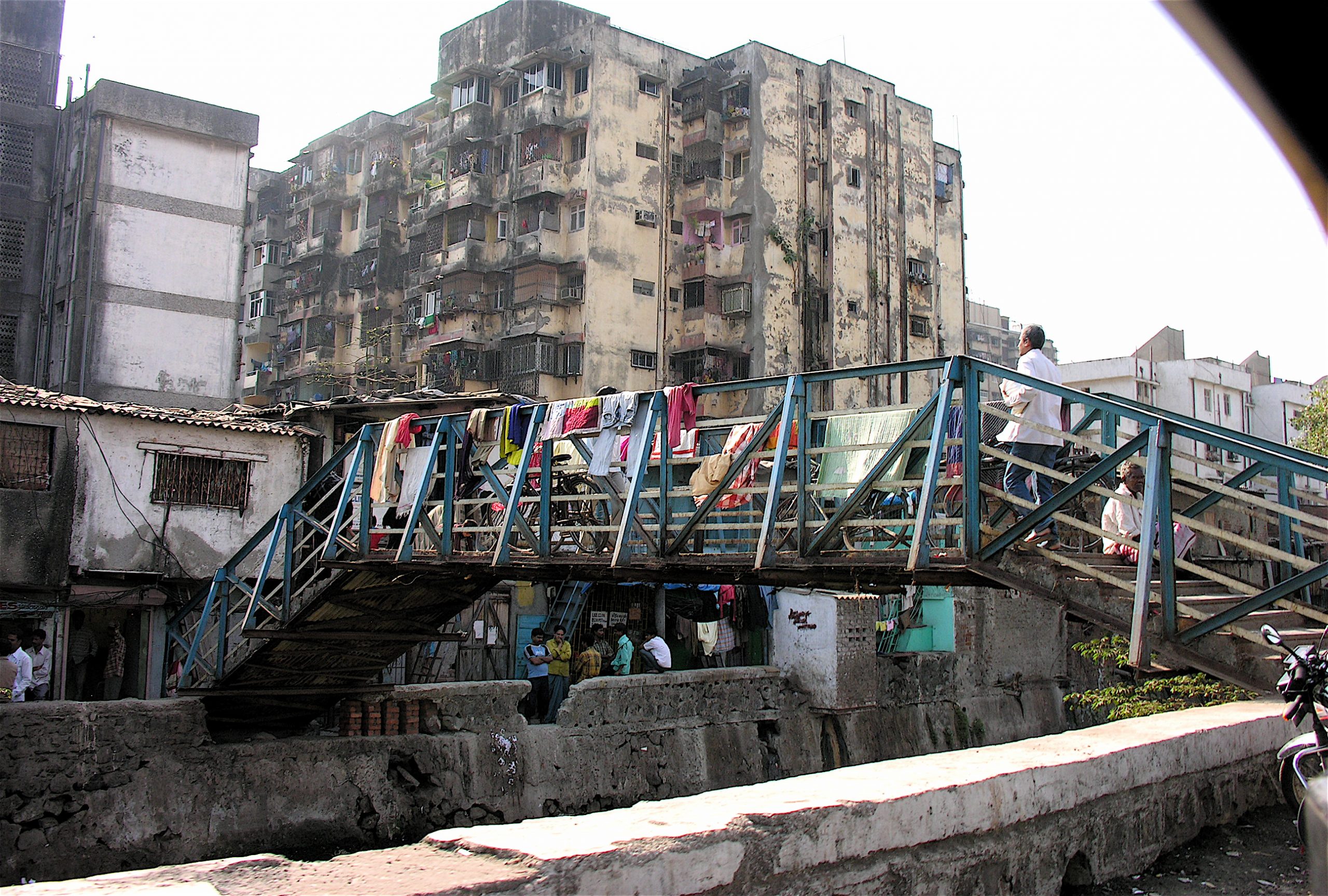
Dharavi, south of the Mithi River, has been considered the largest slum in Asia, spreading out on more than 216 hectares.© Jon Hurd
The fight against water pollution is as urgent in Mumbai as the fight against air pollution, one of the worst in the world. Added to this is the imperative of reducing plastic waste, a problem that is particularly acute in India. On World Environment Day 2018, the government launched the slogan “Beat Plastic Pollution”. The state of Maharashtra, whose capital is Mumbai, was especially active, with important restrictions banning the manufacturing, storage and sale of plastic disposable products. But the benefits of these measures, considered insufficient by many, are still not visible.
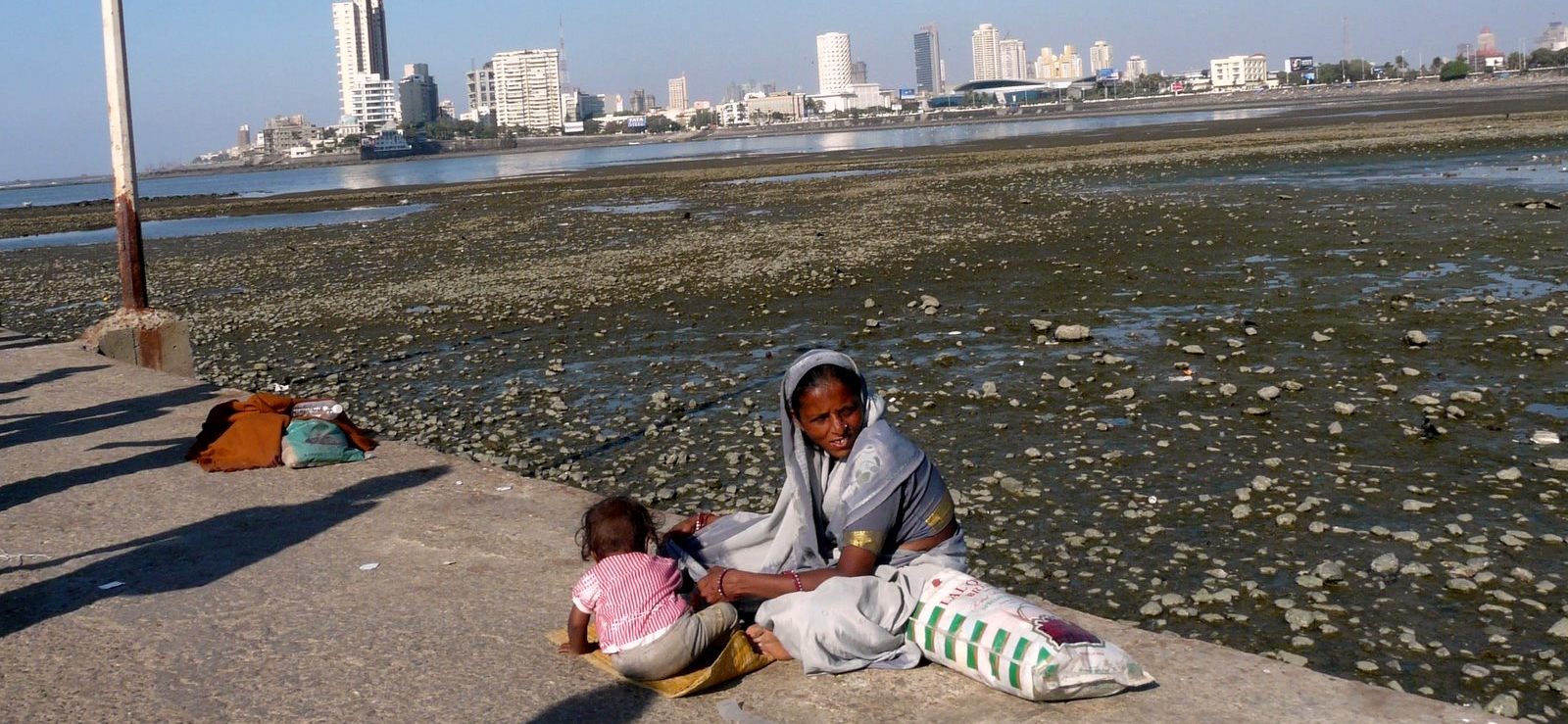
Mumbai proves that water pollution is mainly due to poverty. © La Priz
As usual, India’s rapid and enormous economic growth has highlighted the disasters generated by the inability of governance, overwhelmed by the imbalances of development. But solutions also carry an important learning burden for the rest of the world. The deterioration of the Mithi River must become history. Every city in the world has something to learn.



